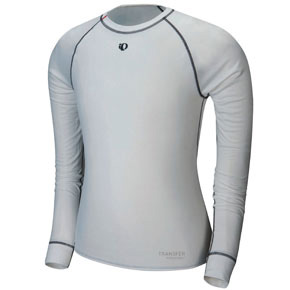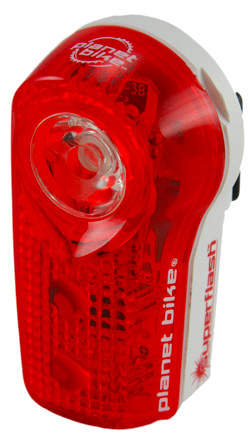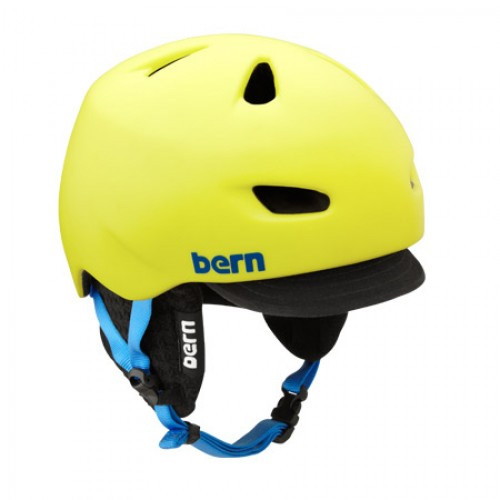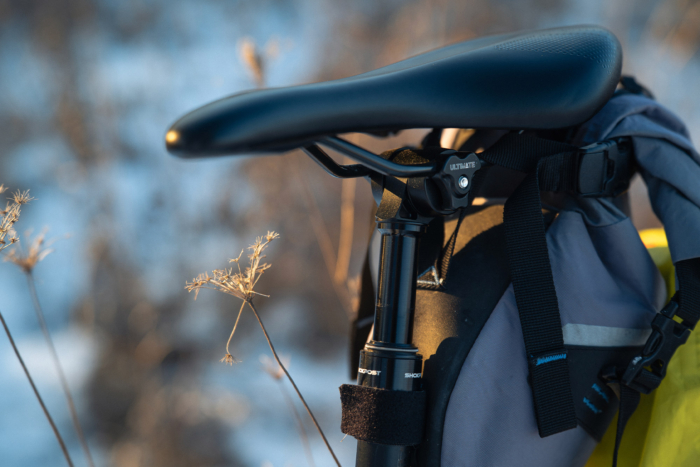Snow, ice, wind, puddles, slush, dark commutes and distracted drivers. . . winter biking in a city can be tough. I moved to Minneapolis this year and jumped full into the cult, gearing up for riding to work and around town even on the dankest of days. Here’s a quick look at some of the equipment that performed at varying degrees of disappointment and respect as I did battle on the icy winter road. —Amy Oberbroeckling
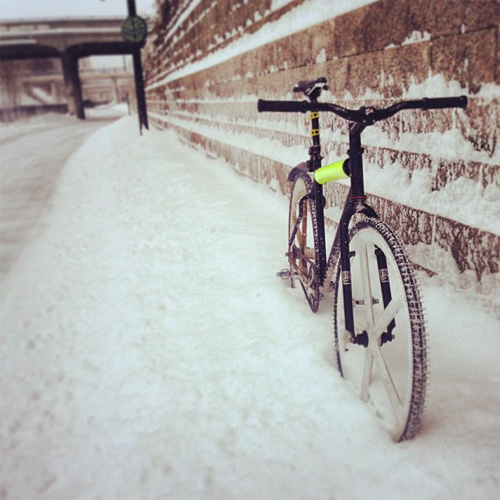
Vittoria Arctica MTB shoes — Despite a snowflake motif on the ankle, these bike shoes were not warm enough for most winter days in Minnesota. To be fair, the brand cites “extreme weather conditions” as the scenario for these shoes, not full-on winter. They have a water-resistant upper and a neoprene cuff. The Arctica shoes, $200, worked fine in temps to about 30 degrees F. But next year I will upgrade to a dedicated winter riding shoe that has insulation for the “extreme weather” here in Minnesota.

Pearl Izumi base layer top — Next to my skin, the Transfer Long Sleeve Baselayer, $60, has been an essential piece. It is a form-fitting, mid-weight top with a fuzzy interior. The fabric is designed with Cocona’s Minerale technology, which wicks sweat better than almost anything I’ve used. It’s warm, wicking, and a perfect foundation for days under 20 degrees F.
